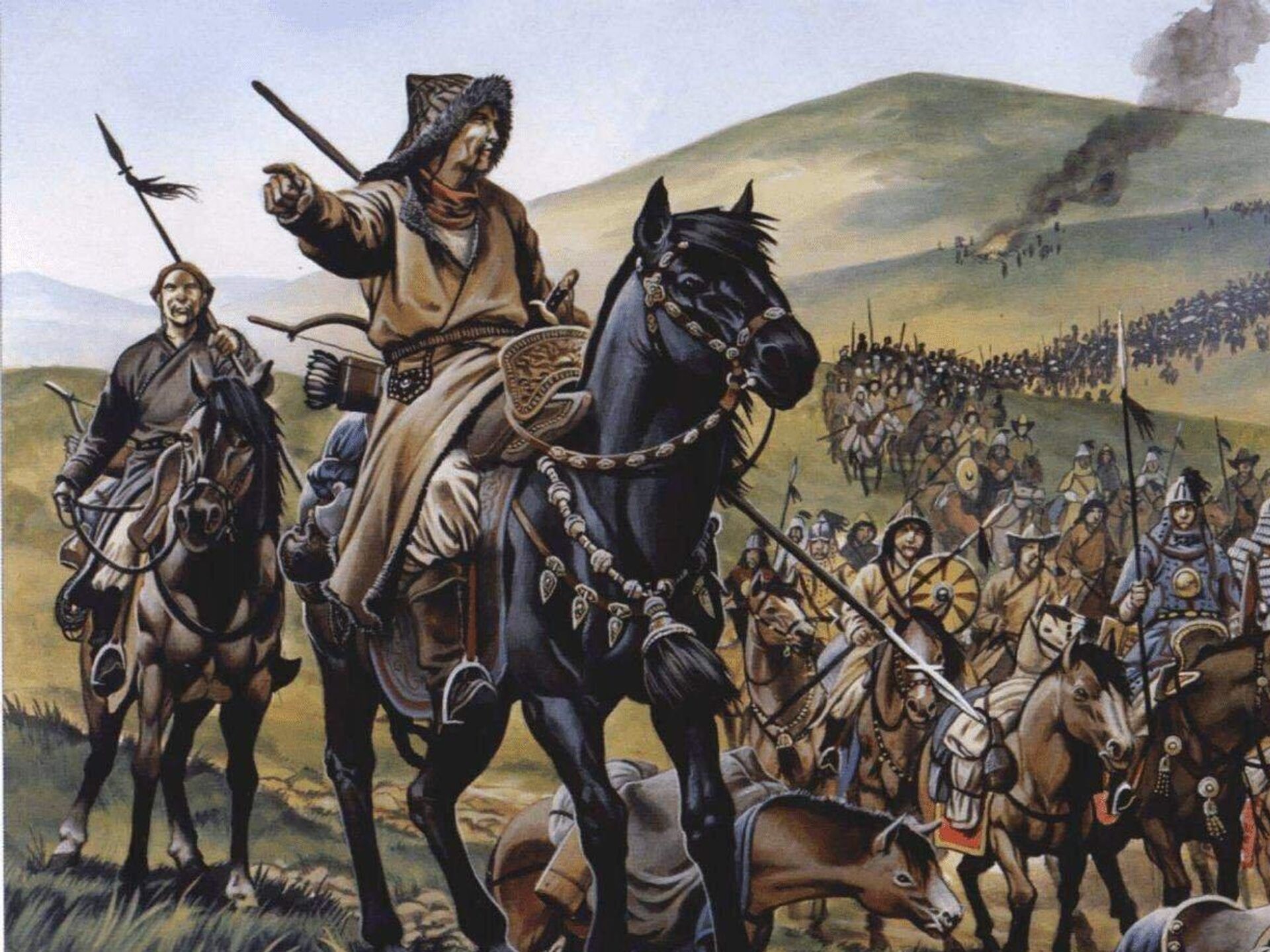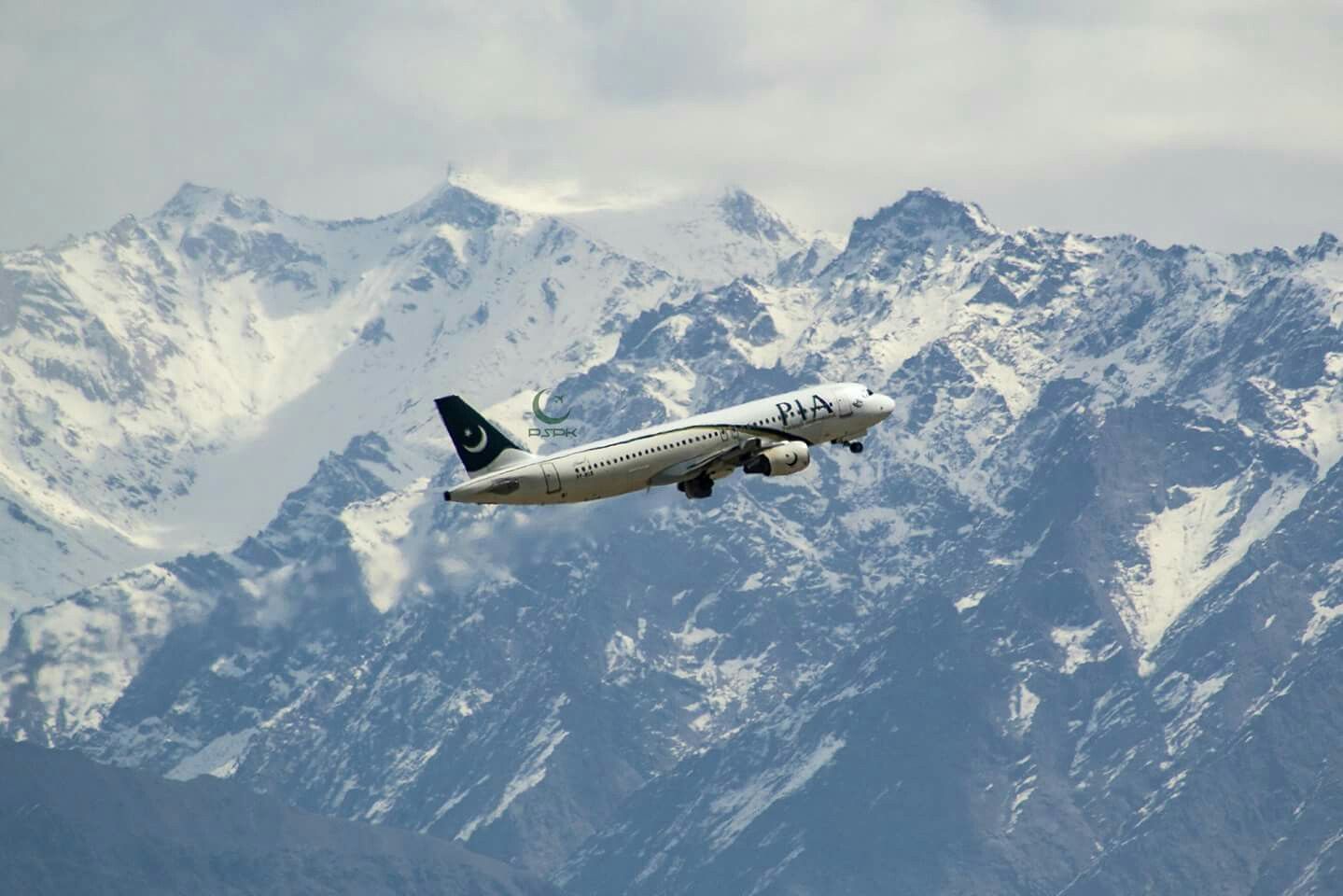Everything that is present has a legendary history, that helps us connect ourselves from the roots of that place. Settled in the heart of gilgit baltistan, Skardu, a place that is a gateway to highest mountains and incredible valleys. But, Skardu’s story goes way deeper than its landscapes. Let me take you on a journey through time and explore the history of Skardu, which is, trust me–its way more exciting than you think!
The Ancient Beginnings
If we search for the tail, then it surely starts from a history that stretches back thousands of years, with the earliest age that popped up as far back as the Bronze age. Like can you imagine? That’s how old Skardu is. This was the key stop for traders on the silk route, where they trade throughout from central asia, china, and the indian subcontinent. It was a hub!
Around that time, Skardu became part of Baltistan, a kingdom closely tied up with Tibet. You will still see the influence of Tibetan culture in the Balti language. Their culture was strongly influenced by Buddhism until islam has arrived in the 14th century.
Evidence speaks about the pillars of islam that have been laid in the late 14th century by The Kubravi Hamdani sufi, which was later carried through Nurbakhshi sufi order. That is how islam entered Gilgit Baltistan.
Now around 1500 when Maqpon Bokha was crowned as the ruler of The Maqpon Kingdom (a Balti royal house in Skardu). Then the royal family came into power around this era and put Skardu on the map of the world. This dynasty was founded when an immigrant of Kashmir, Ibrahim shah got married to a local Princess. This control under the Maqpon dynasty of baltistan, actually became a profit for the foundation of Skardu. They expand their hands upon the areas beside them, like Ladakh and Kashmir. One of the profound names among the rulers of Maqpon kings was, Ali Sher Khan Anchan. He was known for modernizing the region and building the famous Skardu Fort. Want to see it for yourself? Do so, because soaking in the traditions and cultural landmarks is what really connects you with the history of Skardu, that makes it Unique.

The Mughal Connection
Around the 1500s, Ali Sher Khan Anchan embraced islam and became the king. When Sultan said Khan, founder of Yarkent Khanate a turkic state carried by Mongols, descendants of Chagatai Khan. He attacked the state and threatened them with invasion, that is when Baltistan came into some serious attention of The Mughal Empire in 1586. Baltistan had to pay tribute to the annihilation of Mughal emperor Akbar upon the invasion, through which we wouldn’t be able to hold on to our autonomy.
The Conquest of Ali Sher Khan Anchan
Before baltistan came into allegiance to the Mughal Empire, in 1580 Ali Sher Khan Anchan came into power. The kings of Skardu were smart and strategic, they weren’t just about ruling So, as Ali Sher Khan. He had big ambition and so he expanded the borders under his leadership. This Act stretched baltistan and grew including regions from Gilgit to Ladakh.
When he set out to expand his kingdom, Jamyan Namgyal, the Raja of Ladakh, attacked muslim rulers and almost wiped out the Skardu troops at Kharbu. Ali Sher Khan Anchan struck back. He travels and takes over the ladakhi army and Leh (the capital of Ladak). He then kept a strong eye and turned his full attention towards Gilgit, by conquering Astore, Gilgit, Hunza and many other regions of Gilgit.
The Dogra Invasion
In the 19th century, when Skardu came into the rule of Dogra Dynasty which wasn’t a very golden time to remember. The Dogra Dynasty was led by Dogra Rajputs based in Kashmir. Their invasion over Balti forces turned into massacre and war, the commander of dogra Zorawar Singh Kahluria, the military general of Dogra ruler, attacked under the command of Gulab Singh. The Raja of Jammu. Later on the rule of the Balti dynasty came to an end, the last king of Maqpon dynasty, Ahmed Shah was taken as a prisoner after the Dogra Invasion.
Skardu’s Journey to Pakistan
When British India split in 1947, Skardu became the princely state of Jammu and Kashmir. The ruler, Maharaja Hari Singh, initially tried to stay independent, but after he acceded to India, tensions rose. The people of Skardu overwhelmingly wanted to join Pakistan, and in 1948, a local uprising, with support from the Pakistan’s Military, pushed out the Dogra rulers, since then, Skardu has been a part of Pakistan’s Gilgit Baltistan region.
Today Skardu, not only rich in history but also significantly an adventurer’s paradise. Covering 77 square kilometers and home to around 26,023 people. Skardu offers breathtaking landscapes for all the nature lovers.
FAQs
Why is Skardu strategically important?
Skardu is near the Line of Control with India, making it strategically significant for Pakistan.
What is the altitude of Skardu?
Skardu sits at an altitude of 2,500 meters (8,200 feet) above sea level.
Is Skardu Safe for tourists?
Well yes of course, Skardu is safe for tourists and people there are welcoming. The area is well-visited for both domestic and international travelers.



